INTERNATIONAL INVESTMENT
AND PORTAL
 Tran Nhat Minh, VIB deputy CEO and head of Banking Technology Services
Tran Nhat Minh, VIB deputy CEO and head of Banking Technology Services
What do you think about the growing momentum of cloud computing among enterprises in the world and in Vietnam?
Cloud computing has been around for 20 years, but has only become a big buzz in the last five. AI technology is a perfect match for cloud, giving businesses superior competitive advantages. Netflix has moved to the cloud more than five years ago. The Bank of America has migrated its data centre to the cloud two years ago; JP Morgan Chase teamed up with Amazon Web Services (AWS) for data analysis. CBA Bank (Australia) announced that 25 per cent of its applications will be running on the cloud within the next five years.
Moving to the cloud is the new global trend, and it is essential that Vietnamese enterprises keep up with it. The collaborations of the three biggest tech companies and the biggest names in Vietnam – including two banks – in late September are proof of how impactful this trend is in the country. It is not just a concept or an optional extra, cloud is essential, especially in the banking sector.
How far have Vietnamese enterprises progressed with their transformation to cloud computing? What is the picture like in the banking sector?
Recently, small- and medium-sized enterprises have been moving to the cloud in droves. However, large enterprises remain hesitant as they would have to migrate legacy IT systems and tremendous amounts of data into new, more modern solutions which could be unfamiliar territory for their IT engineers. In banking, fewer have announced a move to the cloud due to cybersecurity concerns and qualms about protecting customers’ personal information.
In December 2019, the State Bank of Vietnam issued the Strategy for the Development of Vietnam Banking Sector towards 2025, with Orientations until 2030, which set the target to have 60 per cent of Vietnamese banks use cloud by 2025, which would rise to 100 per cent of banks and credit institutions by 2030. Based on an August 2020 report by International Data Corporation, 40 per cent of surveyed banks were planning to transfer to a hybrid cloud environment within 12-24 months.
In October 2020, the State Bank of Vietnam issued Circular No.09/2020/TT-NHNN that allows banks to move their third-, fourth, and fifth-level data on the cloud if they comply with regulations. We believe that this circular is game-changing and will help the banking sector move to the cloud.
How is VIB’s cloud computing plans different from the rest of the market?
The difference in our strategy is that VIB chose multi-cloud. The pandemic has changed the way we work and live. The demand for digital transformation in financial institutions has become urgent. That encourages investing in multi-cloud, especially when it comes to personal data security and large storage capacity.
It is important to choose a platform that helps to simplify the multi-cloud management process. We acknowledge multi-cloud will be more challenging to deploy, but it will bring outstanding advantages to VIB and more benefits to our valued customers.
Could you share how the multi-cloud model benefits the bank?
The multi-cloud model uses various cloud computing services from different providers in an inconsistent environment. This deployment has the flexibility that allows the corporation to choose various providers that offer the best solutions for each specific demand and can support us in constantly growing computing capacity with innovative technology solutions. The flexibility of multi-cloud plays an important role in accelerating and driving innovation in our organisation.
It also offers substantial time and cost benefits. New technology can be applied in record time on multi-cloud by choosing the most fitting solutions for each individual system. This makes application time- and cost-efficient. Shortening service deployment time also allows businesses to serve customers better by providing them with a smoother digital experience.
What has VIB prepared for the data transference to the cloud?
VIB has started cloud transference years ago by preparing the requisite technology and personnel. In early 2021, we have taken several applications to the AWS cloud. With the partnership agreement with Microsoft announced in September 2021, VIB will accelerate the migration and storage of the bank’s applications and business platforms to the Microsoft Azure cloud. During the process, the bank is simultaneously modernising and shifting compute workloads including business applications and end-user computing needs to this new platform.
This collaboration with Microsoft will create breakthroughs in service speed, innovation, and bring the best digital banking experiences to our customers. This is one of the most important steps in VIB’s digitalisation
strategy, as it integrates the outstanding advantages of the world’s leading technology partners into our products and services to enhance the experience for Vietnamese users.
Before that, we have organised hundreds of training sessions on cloud computing over the past 18 months for our technical engineers. VIB technical engineers have signed up for nearly 1,000 courses to learn and deploy cloud computing to meet the plan of moving to the cloud.
What challenges has VIB faced while moving to the cloud?
We live in a “flat” world, our advantage is that we have near-instantaneous access to new information and technology. However, there remain significant challenges in moving to the cloud for banks at this stage.
The first is outdated mindsets and cultures. Moving data to the cloud also entails moving from traditional to digital banking. This includes adopting vastly different mindsets. Digital banking focuses on customer experience and simplicity at its core while traditional banking is far more product-centric. Changing cultures and mindset is the biggest challenge.
The second is ensuring the requisite skills throughout the organisation. The digital age requires new skills such as design thinking, agile working, in-depth knowledge of design, implementation, operation, cloud management, big data, AI, and machine learning.
The third is technology. The banking industry is still running mainly on legacy systems which are costly to maintain and sluggish. While converting to the cloud, it is still necessary to maintain the old systems and keep the two systems integrated at all times.
As one of the leading banks in digital banking and customer experience on digital banking, VIB is well aware of the opportunities around the corner and the limitations keeping us from seizing them. We are committed to making the necessary investment and investing the necessary effort to make banking a smooth digital experience for clients and create products with high technology content.








